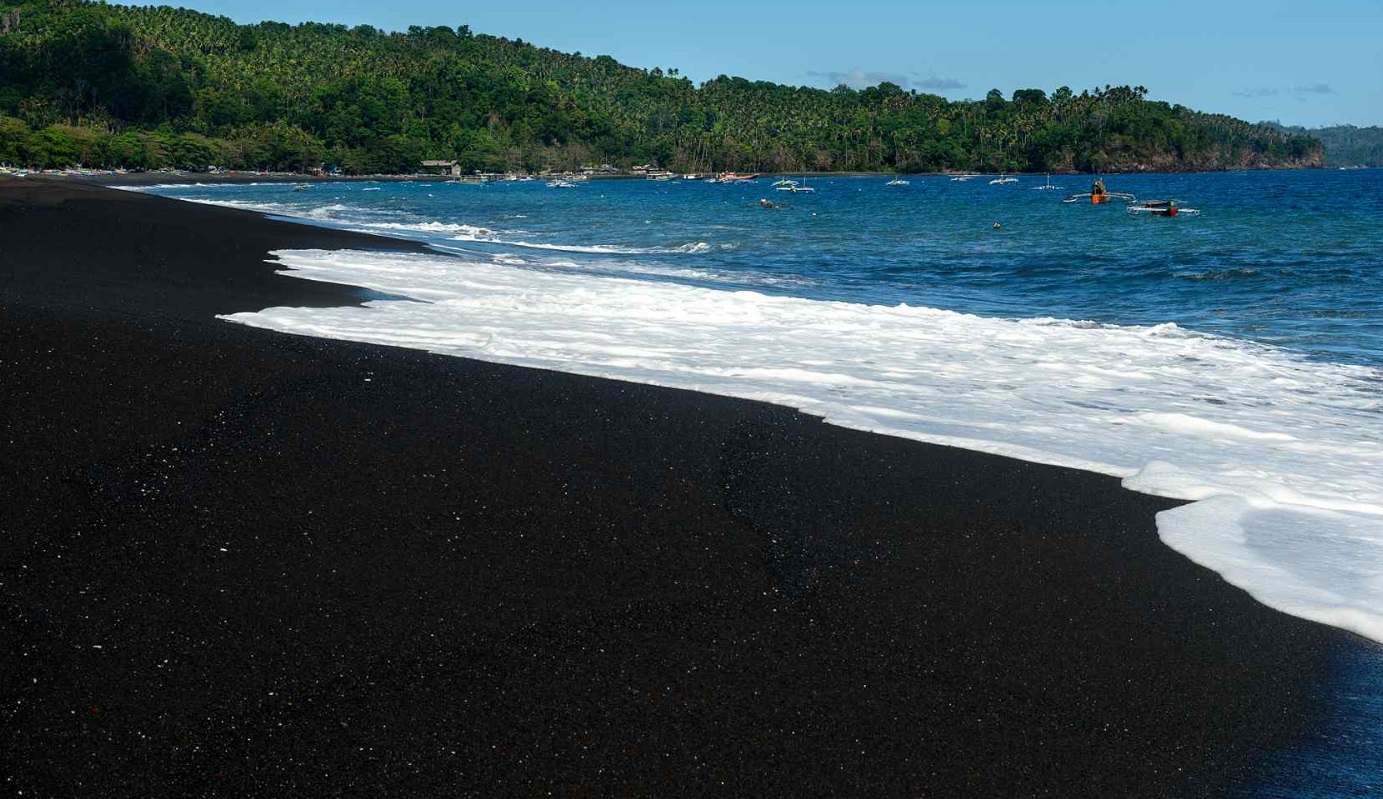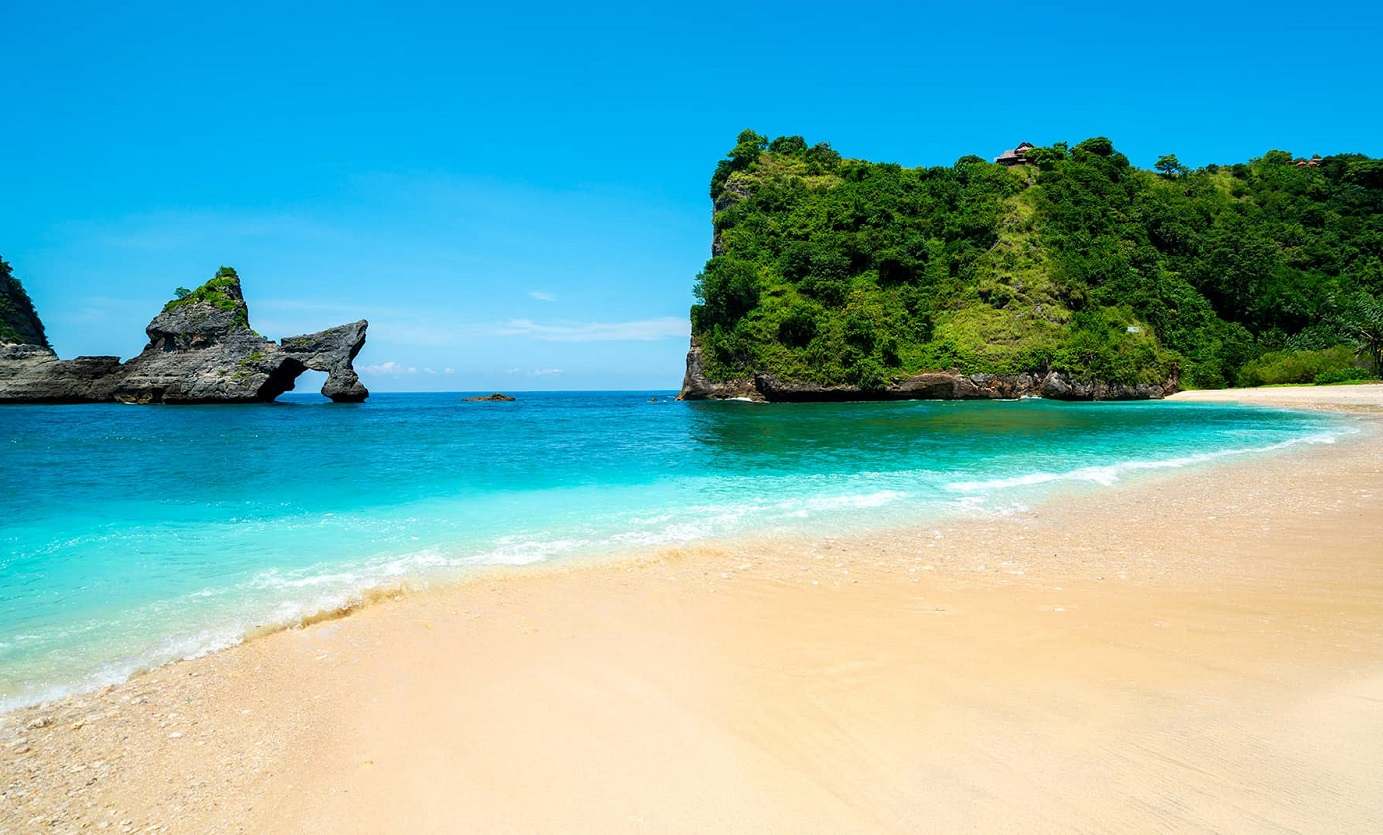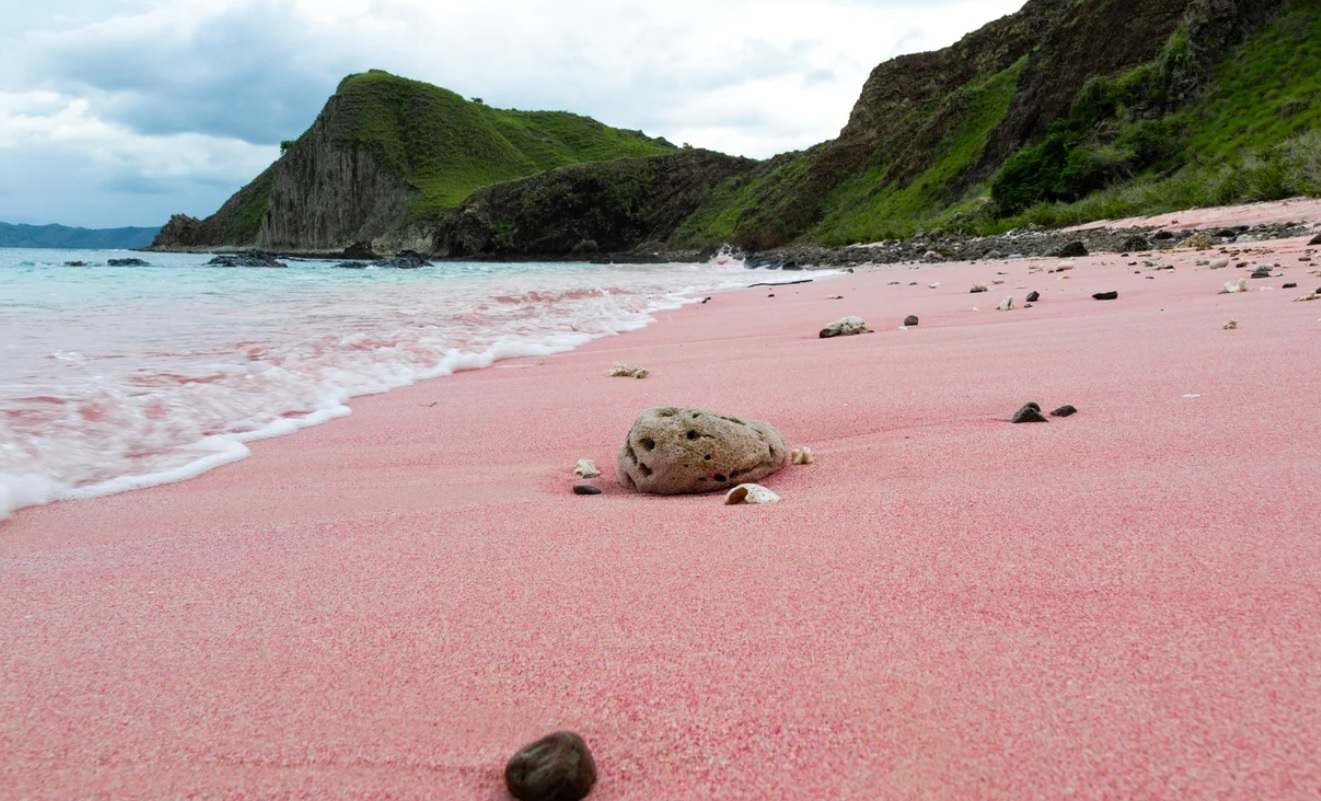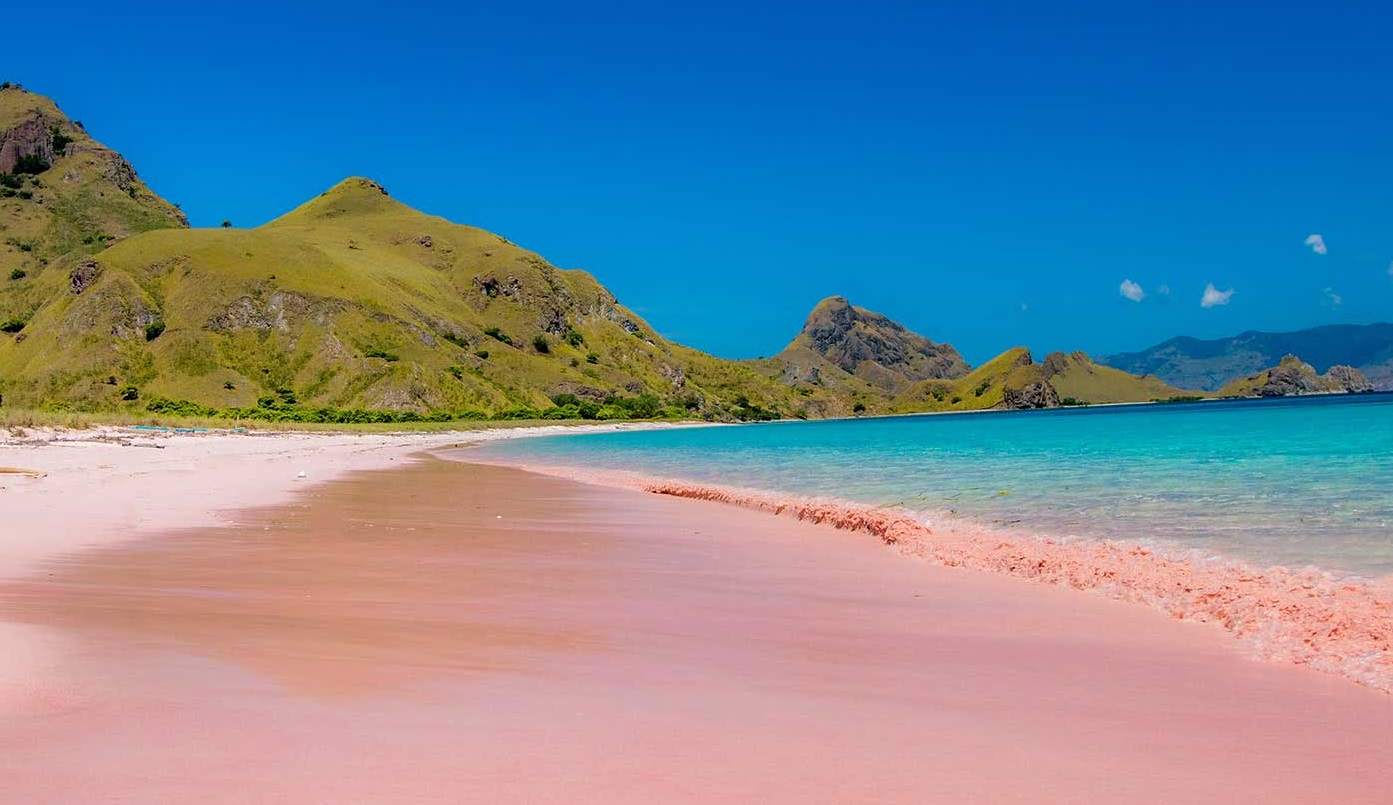Bali’s beaches are often celebrated for their natural beauty, surf-friendly waves, and relaxing ambiance—but there’s more to them than meets the eye. One of the island’s more subtle yet fascinating features is the variety of sand colors found along its coast—from dark volcanic beaches to soft white shores, with even a few nearby spots offering a glimpse of rare pink sand. This unique spectrum of sand tones reflects Bali’s diverse geological history and adds another layer of interest for curious travelers exploring the island’s coastline.
In this article, we explore why the sands of Bali vary in color, and where you can go to witness this stunning variety for yourself.
The Science Behind Bali’s Multicolored Sands
The position of Bali on the Pacific Ring of Fire plays a crucial role in shaping its beaches. This geologically active zone is home to several volcanoes, including Mount Agung and Mount Batur—two of the island’s most prominent and active peaks. When these volcanoes erupt, lava cools and breaks down into dark mineral-rich particles, creating the signature black sands found on many of Bali’s eastern and northern shores.
According to Indonesia’s Geological Agency, Bali currently has 12 active volcanoes contributing to ongoing geological transformation. This constant natural activity continues to shape the island’s topography and beach composition.
In contrast, the white sands typically seen on Bali’s southern coastlines are formed by the breakdown of coral reefs, seashells, and marine limestone over time. These materials are finely ground by wave action, resulting in the soft, pale sands that most travelers associate with tropical paradise.
Even rarer are pink sand beaches, formed when red coral fragments blend with white sand. While Bali itself doesn’t have pink beaches, there is one nearby, adding a colorful twist to island-hopping adventures.
Erosion and tidal movement also play subtle but critical roles. Ocean currents redistribute sediments along the coast, maintaining certain beaches’ distinctive colors while continuously reshaping others.
Where to See Bali’s Diverse Sand Colors
1. Black Sand Beaches – Bali’s Volcanic Marvels

If you want to experience Bali’s dramatic volcanic legacy firsthand, visit these black sand beaches:
Echo Beach (Canggu) – A surfer’s haven, this beach in Canggu is known for its striking contrast of dark sand and turquoise waters—ideal for sunset shots and laid-back vibes.
Keramas Beach (Gianyar) – Popular among sunrise seekers and surfers, this eastern coastal gem offers a more rugged and less crowded experience.
Amed & Tulamben (East Bali) – These peaceful coastal towns are perfect for travelers looking for snorkeling and diving adventures, with the famous USS Liberty wreck just offshore.
Lovina Beach (North Bali) – Known for calm waters and dolphin sightings, Lovina offers a tranquil atmosphere paired with dark, mineral-rich sands.
2. White Sand Beaches – The Classic Paradise

Southern Bali is home to many of the island’s most iconic white sand beaches:
Nusa Dua – An upscale beach destination with soft, clean sand, ideal for luxury travelers and families.
Seminyak – Trendy and bustling, Seminyak offers easy beach access, dining, and shopping, all paired with soft white shores.
Related article: Exciting Things to Do in Seminyak
Padang Padang – A small but stunning cove surrounded by cliffs, perfect for sunbathing and swimming.
Jimbaran – Famous for beachfront seafood dining, this beach combines golden-white sand with local flavor and evening ambiance.
These beaches owe their bright hues to nearby coral reef systems that, over centuries, have broken down into white sand through natural erosion.
3. Pink Sand Beaches – A Rare Indonesian Gem

Bali doesn’t have pink sand beaches of its own, but travelers can venture to Pink Beach on Komodo Island, located within the breathtaking Komodo National Park:
Pink Beach (Komodo Island) – This beach gets its blush hue from crushed red coral mixed with white sand—creating a soft rose color that’s rare and stunning. To get there, travelers can reach the island via a short domestic flight from Bali to Labuan Bajo, followed by a boat ride to Komodo. Many Bali-based operators offer day trips or overnight island-hopping packages to include this destination.
Tips for Visiting and Preserving Bali’s Unique Shores
To make the most of your beach explorations, plan your visit during Bali’s dry season from April to October, when skies are clear and sea visibility is optimal.
As these beaches are natural and often sacred spaces, travelers should practice respectful tourism. This includes avoiding littering, using reef-safe sunscreen, and refraining from disturbing marine life. Keep in mind that some black sand beaches, particularly in East Bali, are used for religious ceremonies—be courteous and observe from a respectful distance if you encounter such events.
Where to Stay: Enhancing the Coastal Experience
To fully embrace Bali’s beach diversity, consider staying near different coasts for a richer experience. Whether you’re drawn to the vibrant south or the quiet volcanic east, there are accommodations to match every travel style.
For those seeking comfort, privacy, and direct access to these unique shores, breathtaking Bali villa rentals offer a luxurious way to enjoy the island’s natural wonders.
A Shoreline of Wonders
From black sands shaped by ancient lava flows to coral-fringed white shores and rose-tinted beaches beyond, Bali’s coastline tells a story that’s as old as the island itself. This diversity in sand color is more than just visual—it reflects Bali’s geological richness and its place in a larger natural system.
So whether you’re walking barefoot across a volcanic beach or lounging on powdery white sands, take a moment to appreciate the science and beauty beneath your feet. And wherever you roam, tread lightly and travel respectfully—so that Bali’s coastal wonders continue to inspire generations to come.
Related article: The Beaches Of Bali
–
Featured Image: Remote Lands







